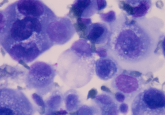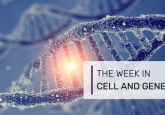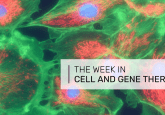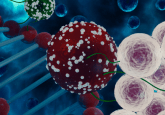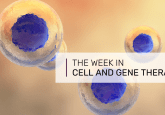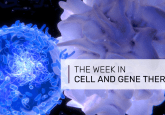In vivo gene editing of mitochondrial DNA shows potential to treat mitochondrial disorders
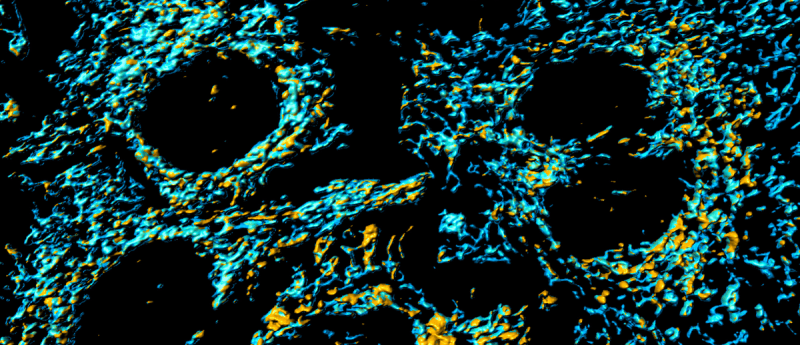
Novel mitochondrial in vivo gene-editing in mouse post-mitotic cardiac tissue developed at Cambridge University shows potential to treat mitochondrial disorders.
Researchers from the University of Cambridge (Cambridge, UK) have recently shown in vivo proof-of-concept of a novel mitochondrial DNA (mtDNA) mutagenesis tool, double-stranded DNA deaminase -derived cytosine base editor (DbCBE). Through delivery of DdCBEs into mouse cardiac tissue via adeno-associated virus (AAV) vectors, Michal Minczuk’s team demonstrated how this novel tool can produce desired mtDNA edits in both adult and neonatal mice.
Mitochondria provide the energy required for our cells to function effectively. Despite mtDNA only making up 0.1% of our genome, any faults in mtDNA are exclusively passed down from mother to child and can cause serious and often fatal conditions, a large portion of which are untreatable.
In 2018, Minczuk’s laboratory at the MRC Mitochondrial Biology Unit (Cambridge, UK) demonstrated an experimental gene therapy in mice that could target and successfully eliminate damaged mitochondrial DNA in heteroplasmic cells to be replaced by mitochondria with healthy DNA.
“Our earlier approach is very promising and was the first time that anyone had been able to alter mitochondrial DNA in a live animal,” explained Minczuk. “But it would only work in cells with enough healthy mitochondrial DNA to copy themselves and replace the faulty ones that had been removed. It would not work in cells whose entire mitochondria had faulty DNA.”
Building upon their existing research, Minczuk and colleagues used the novel mtDNA mutagenesis tool DbCBE, delivered through AAVs, to prove that this tool can be used in live mice to edit the desired bases of mtDNA. This tool could therefore, in principle, be applied to correct certain bases that may cause mitochondria to malfunction.
Pedro Silva-Pinheiro, a postdoctoral researcher in Minczuk’s laboratory, commented: “This is the first time that anyone has been able to change DNA base pairs in mitochondria in a live animal. It shows that, in principle, we can go in and correct spelling mistakes in defective mitochondrial DNA, producing healthy mitochondria that allow the cells to function properly.”
Source: Study in mice shows potential for gene-editing to tackle mitochondrial disorders
Silva-Pinheiro P, Nash PA, Van Haute L, Mutti CD, Turner K, Minczuk M. In vivo mitochondrial base editing via adeno-associated viral delivery to mouse post-mitotic tissue. Nat. Commun. 13, 750 (2022).
